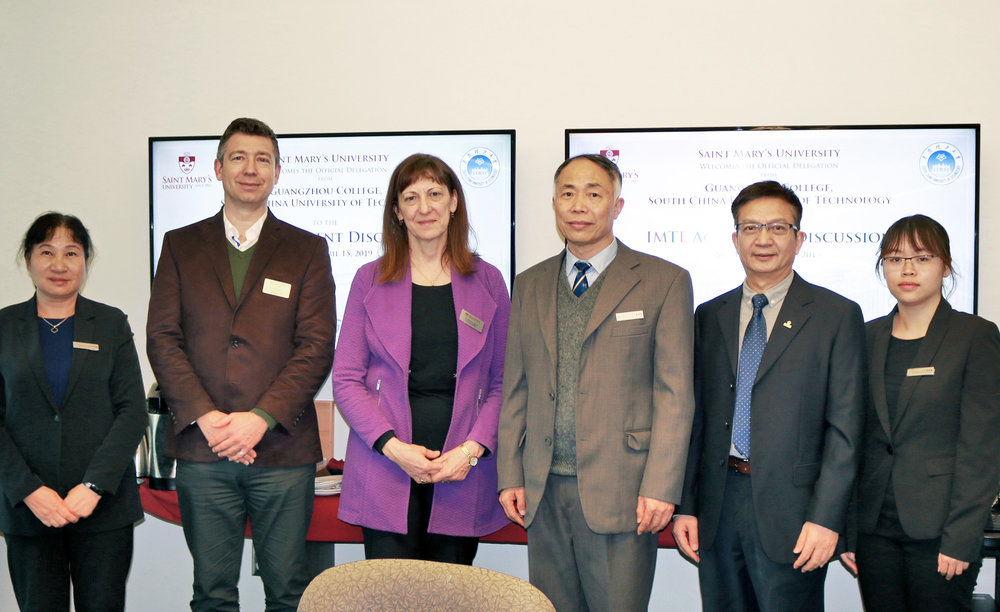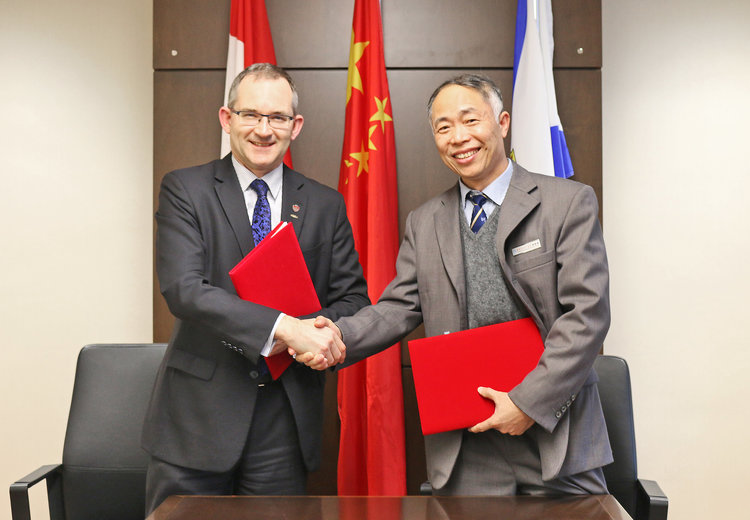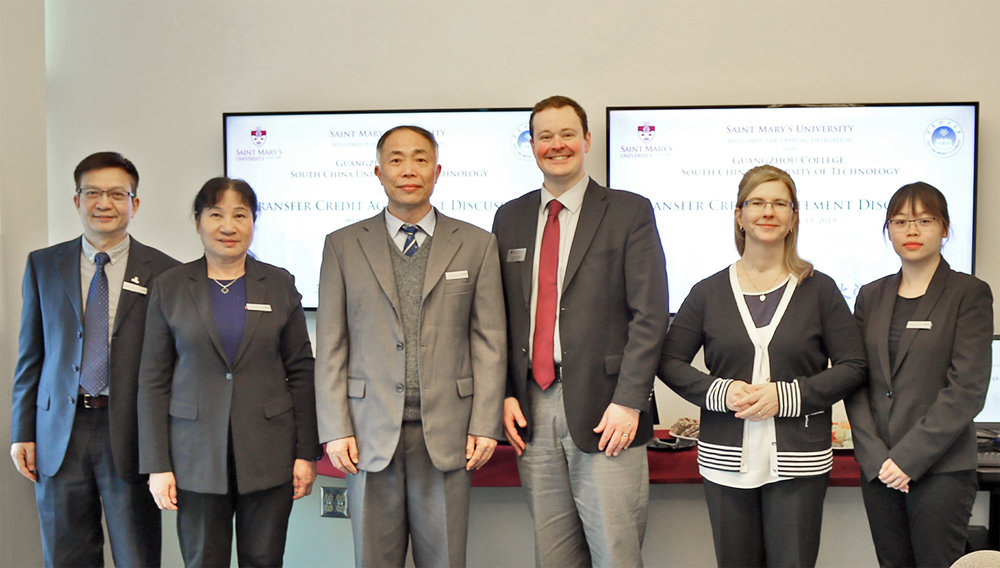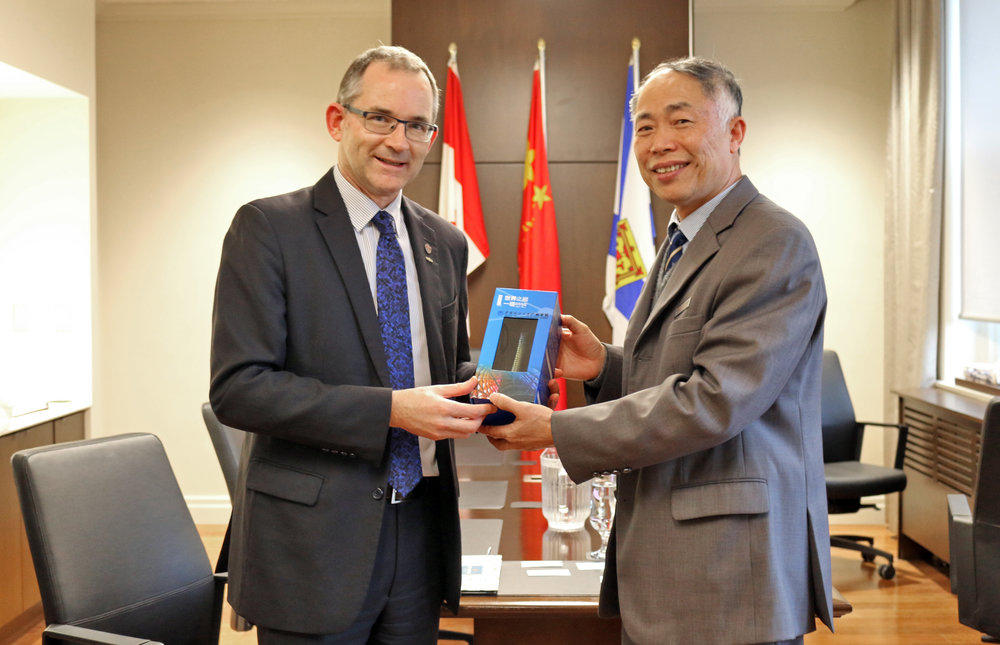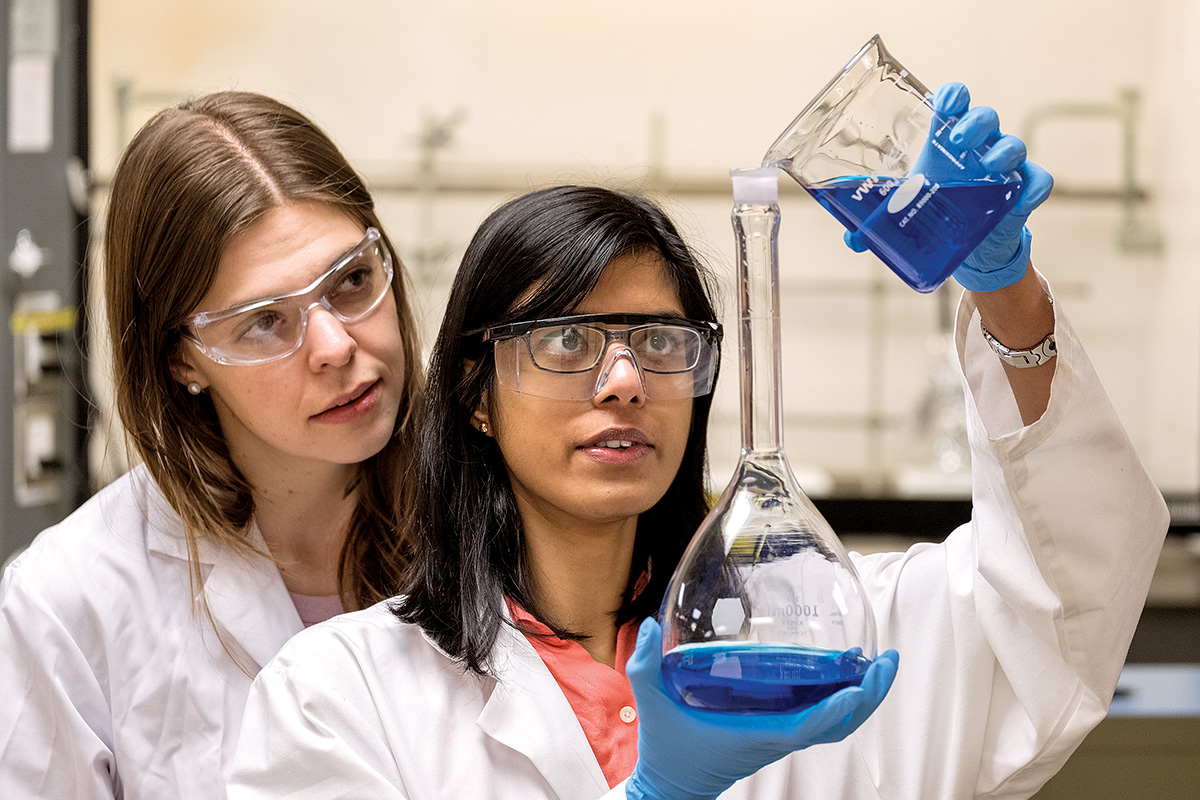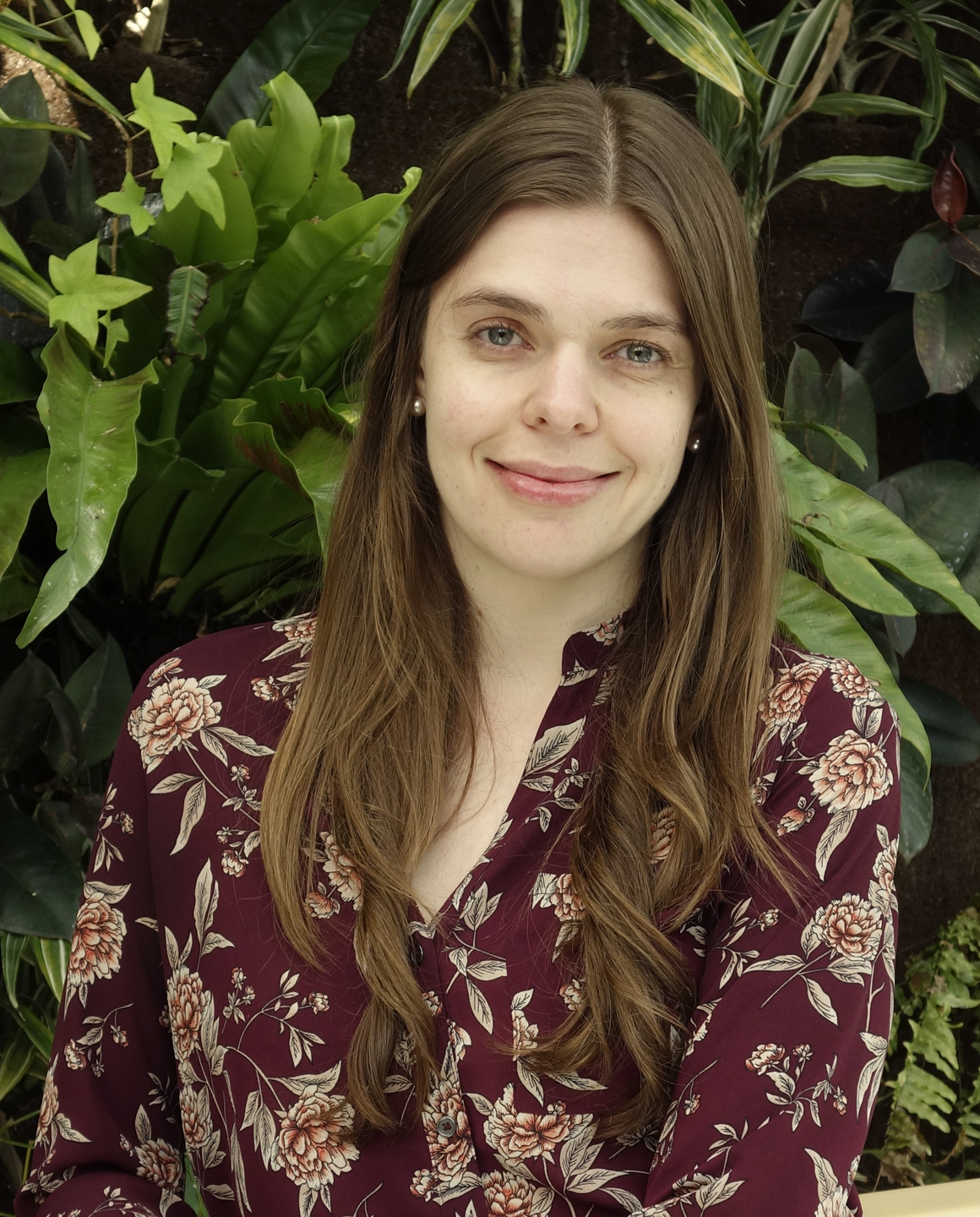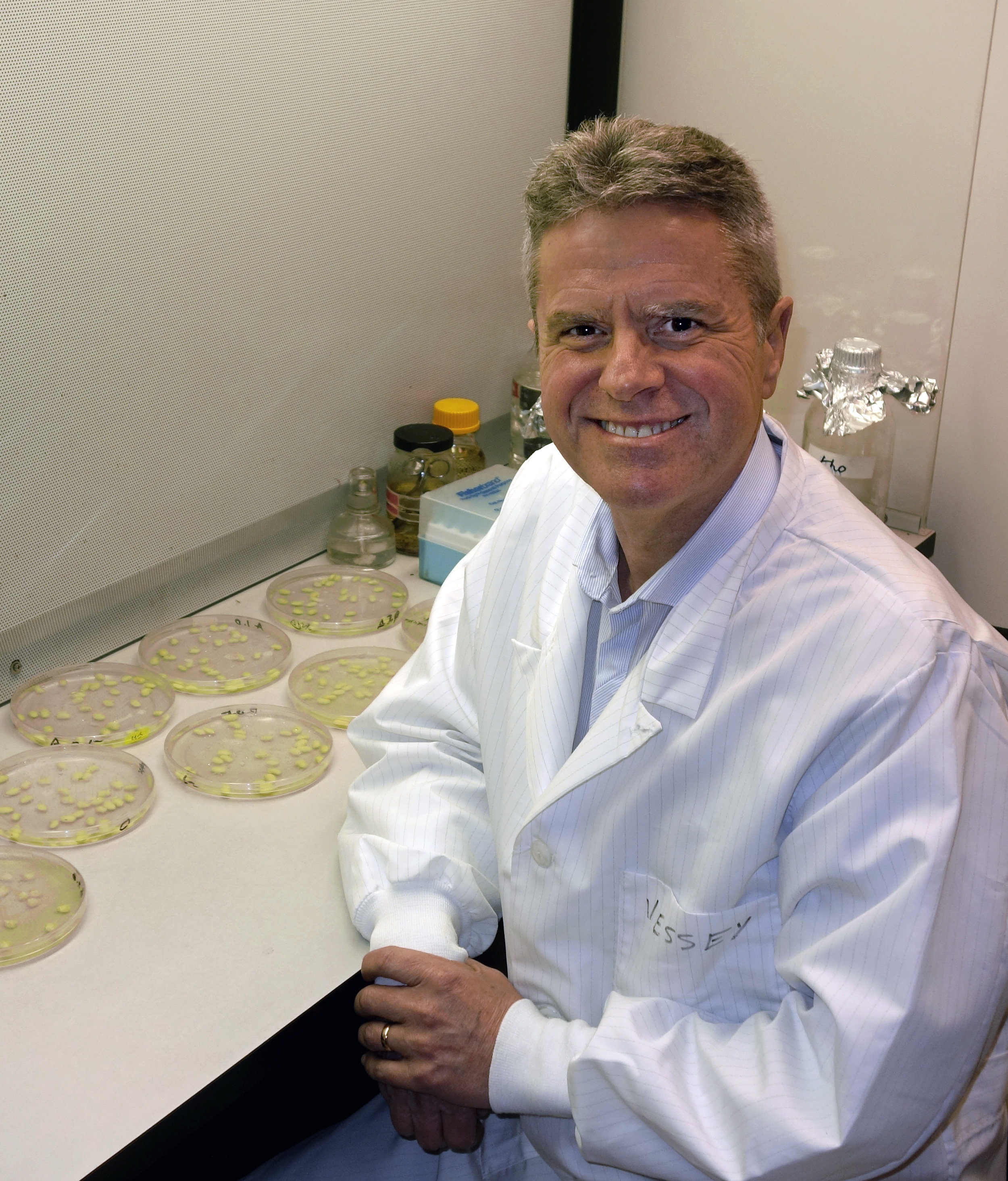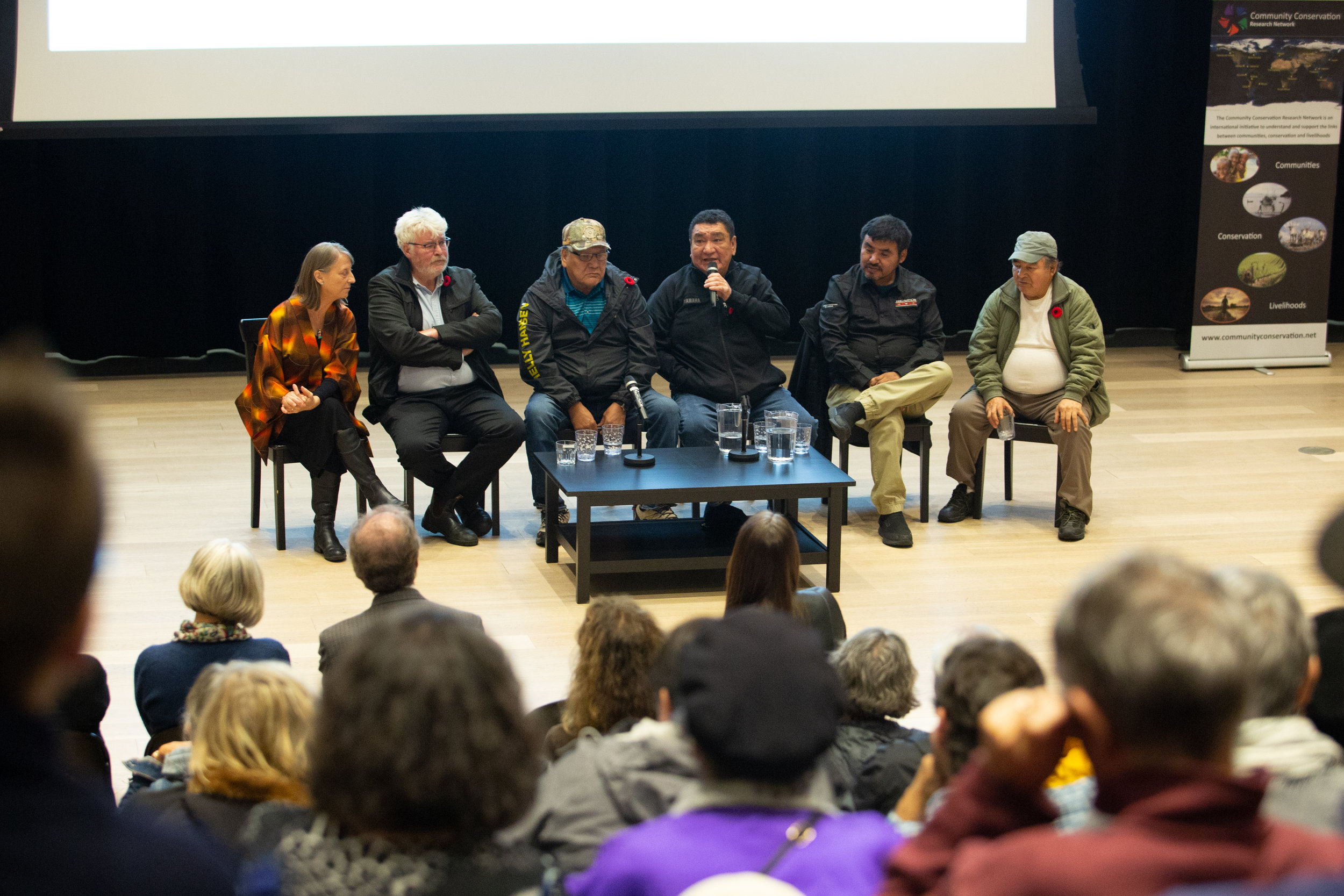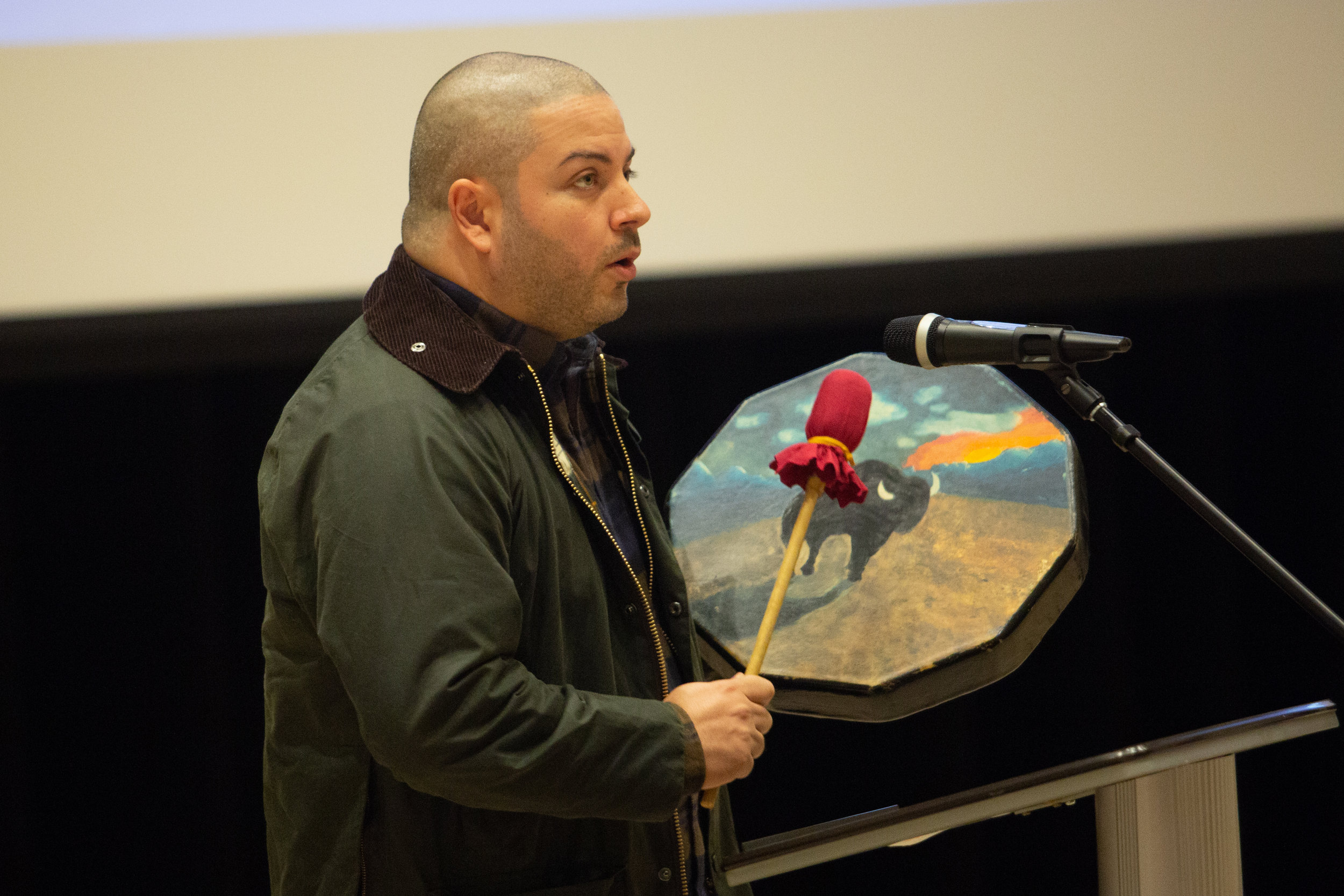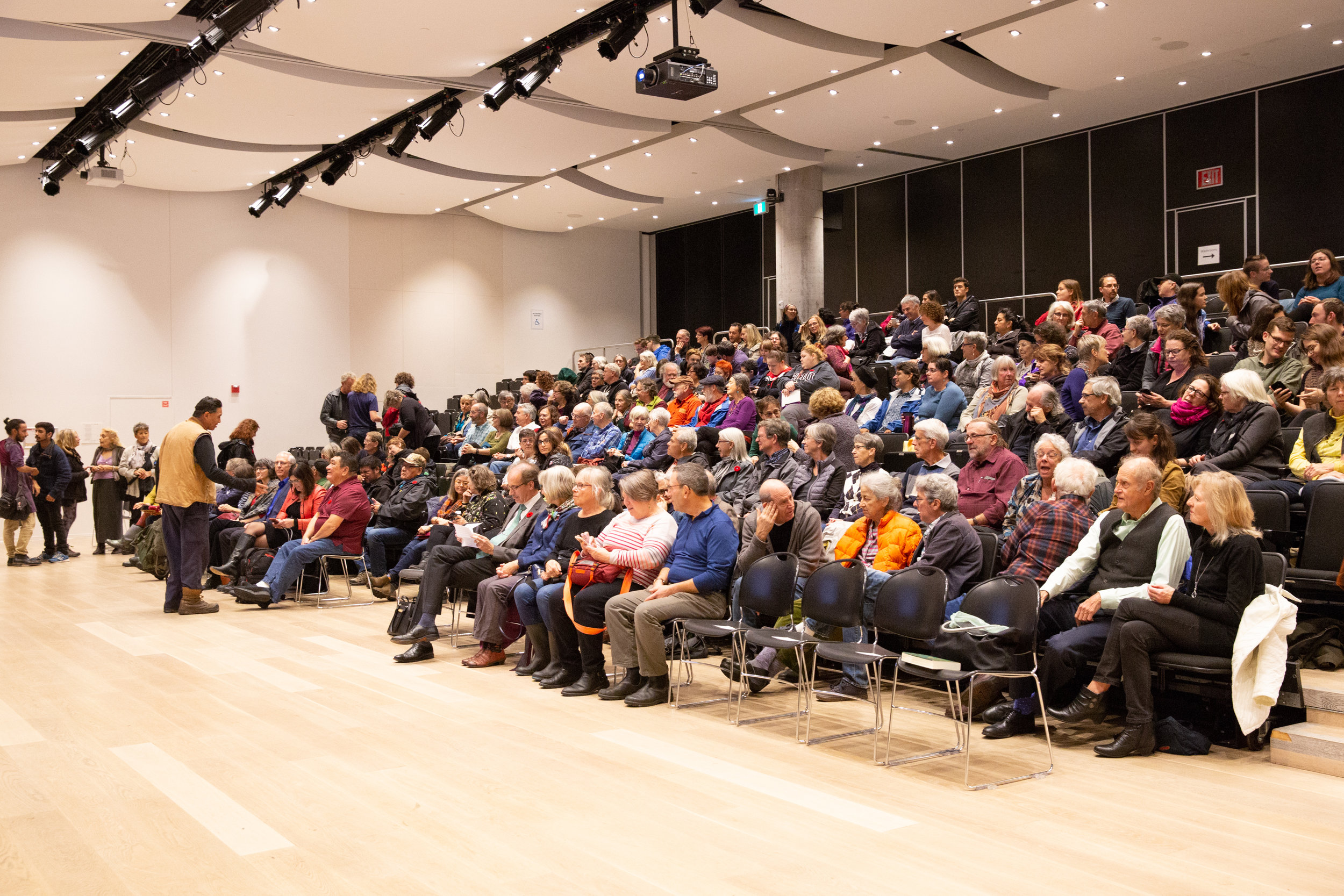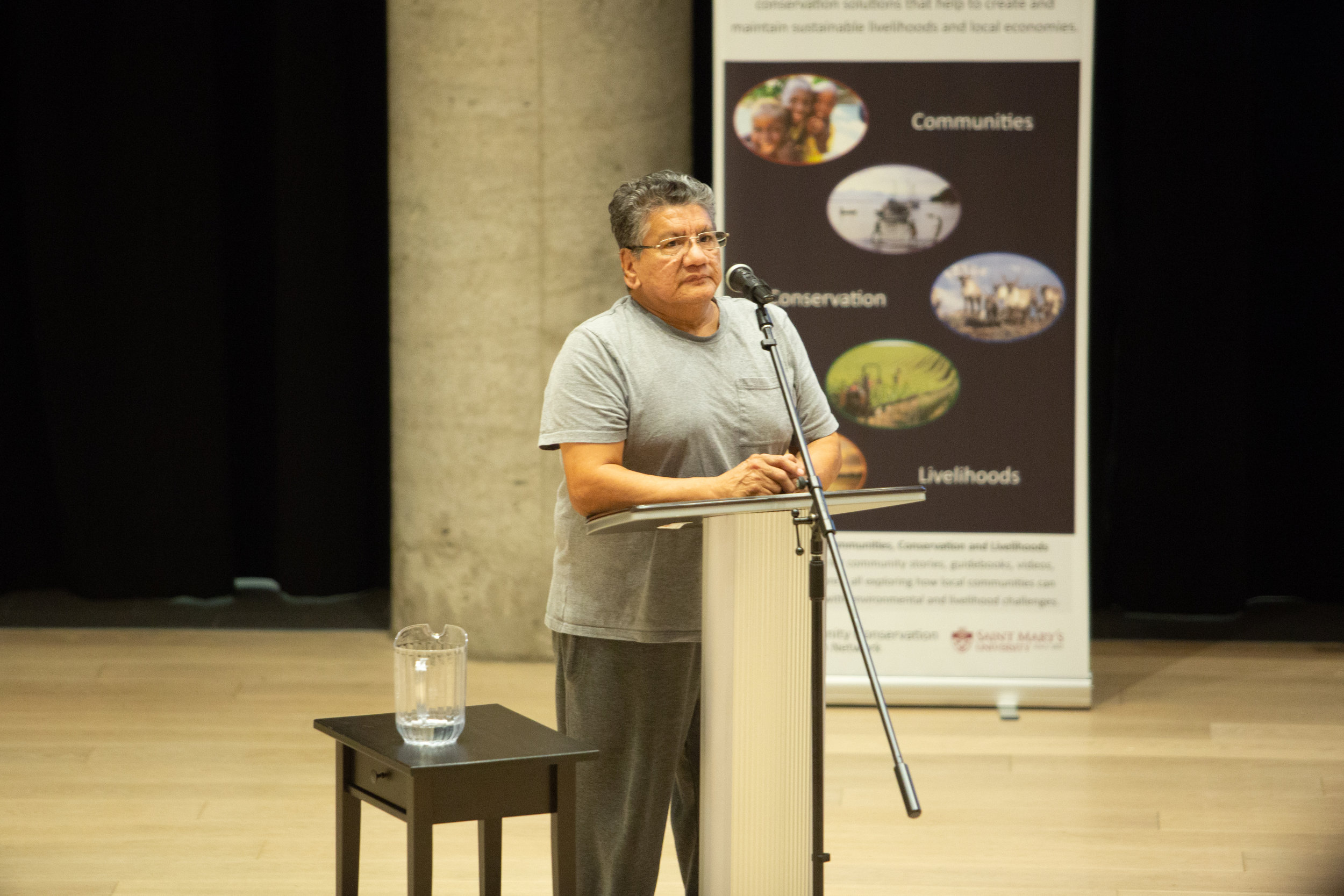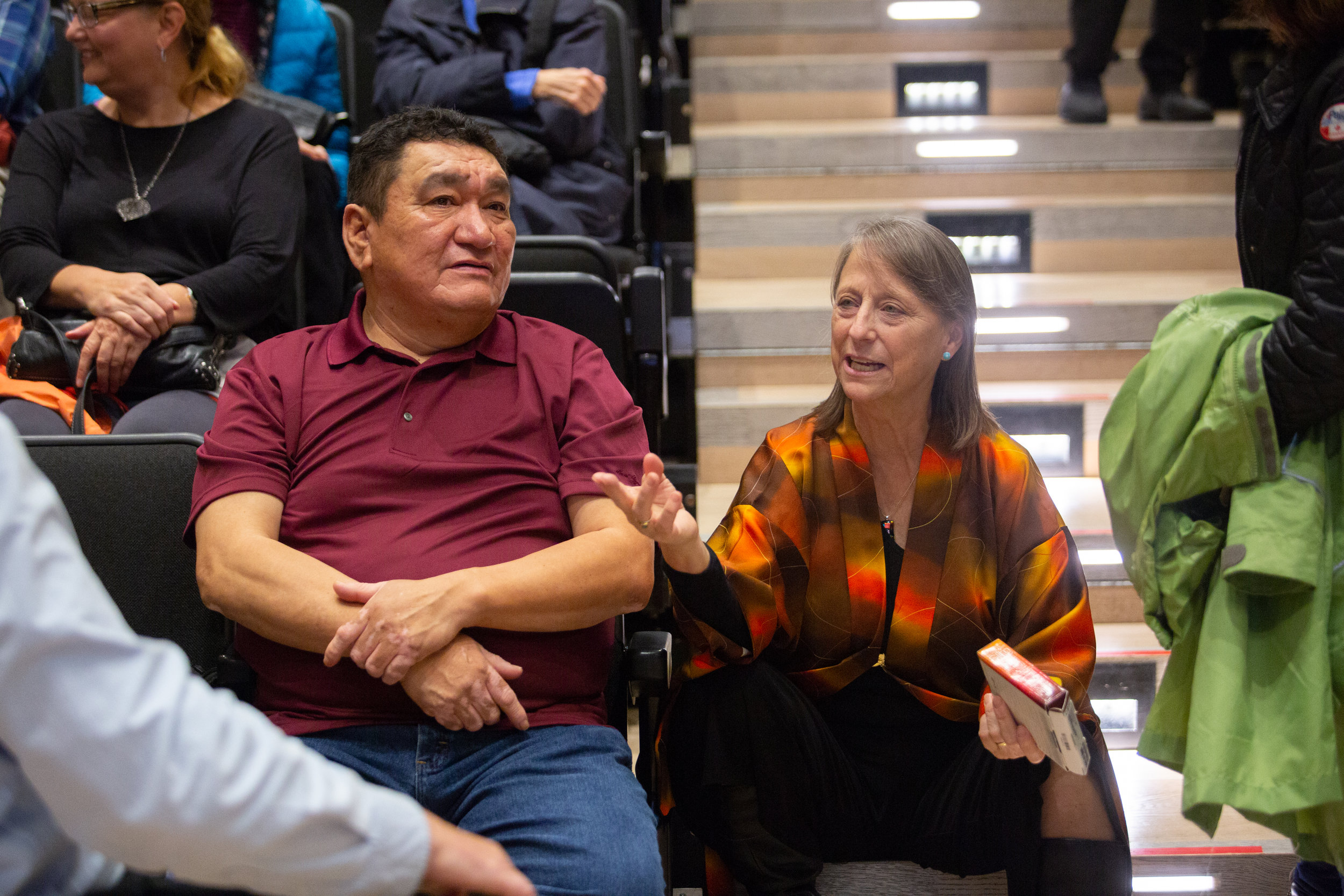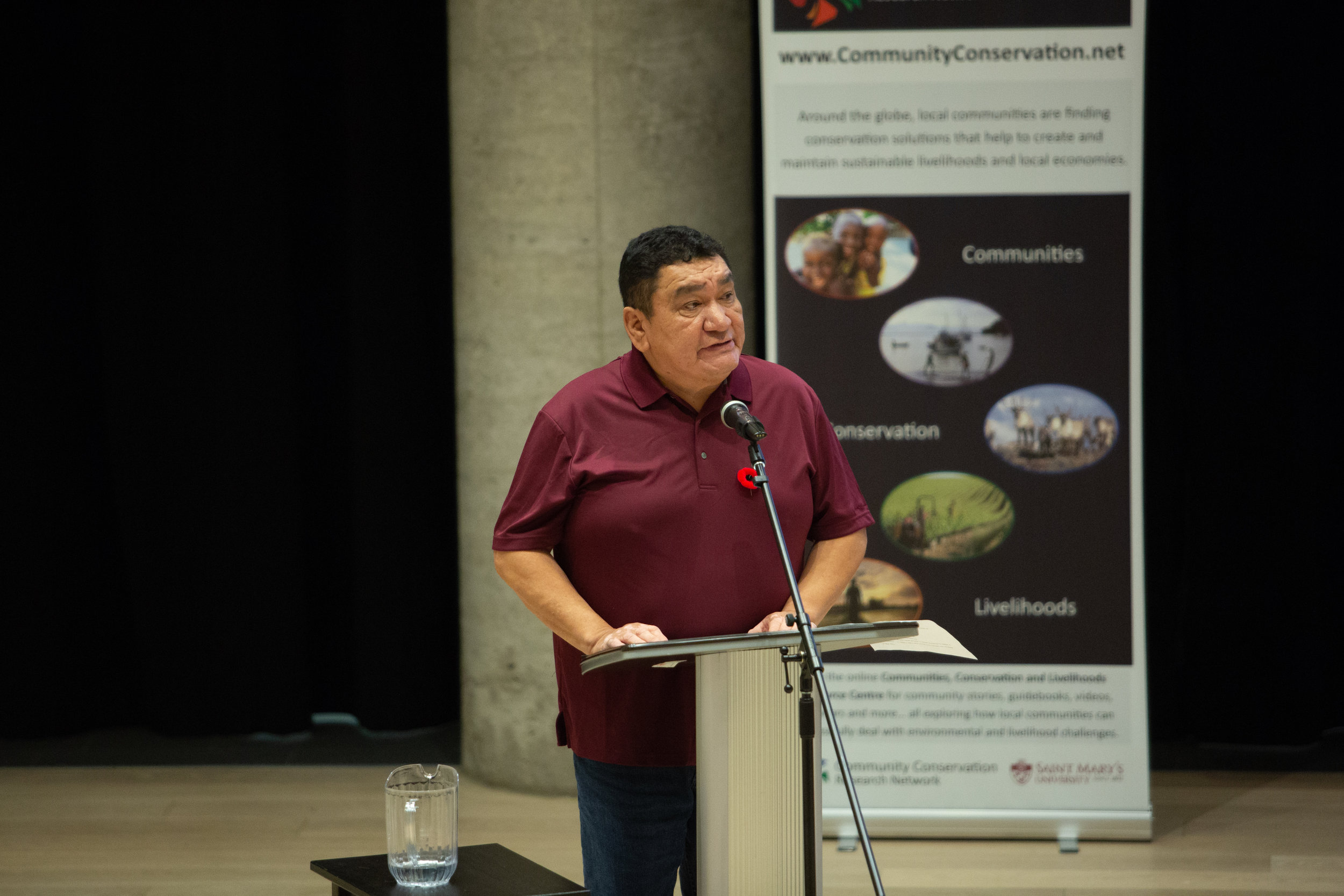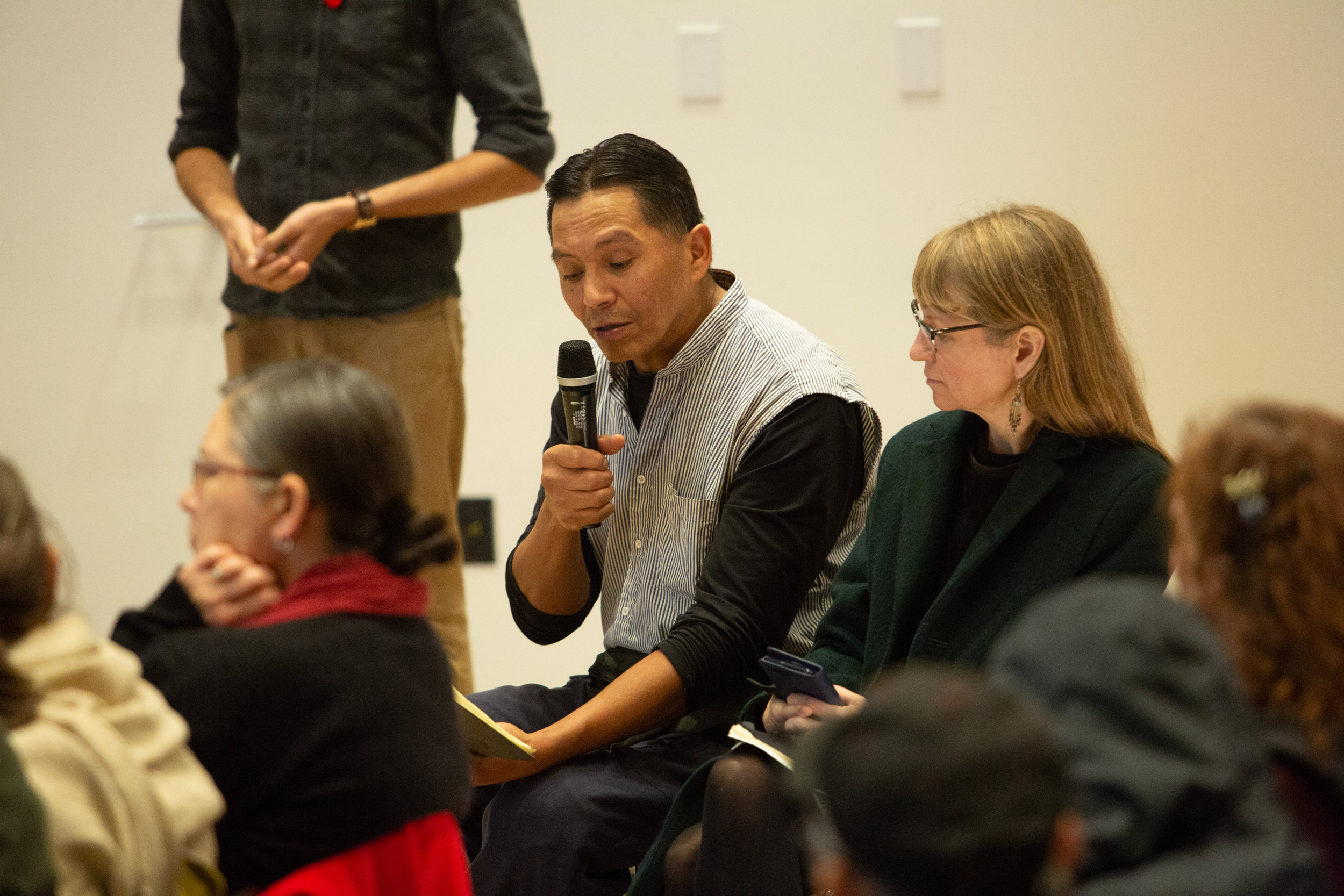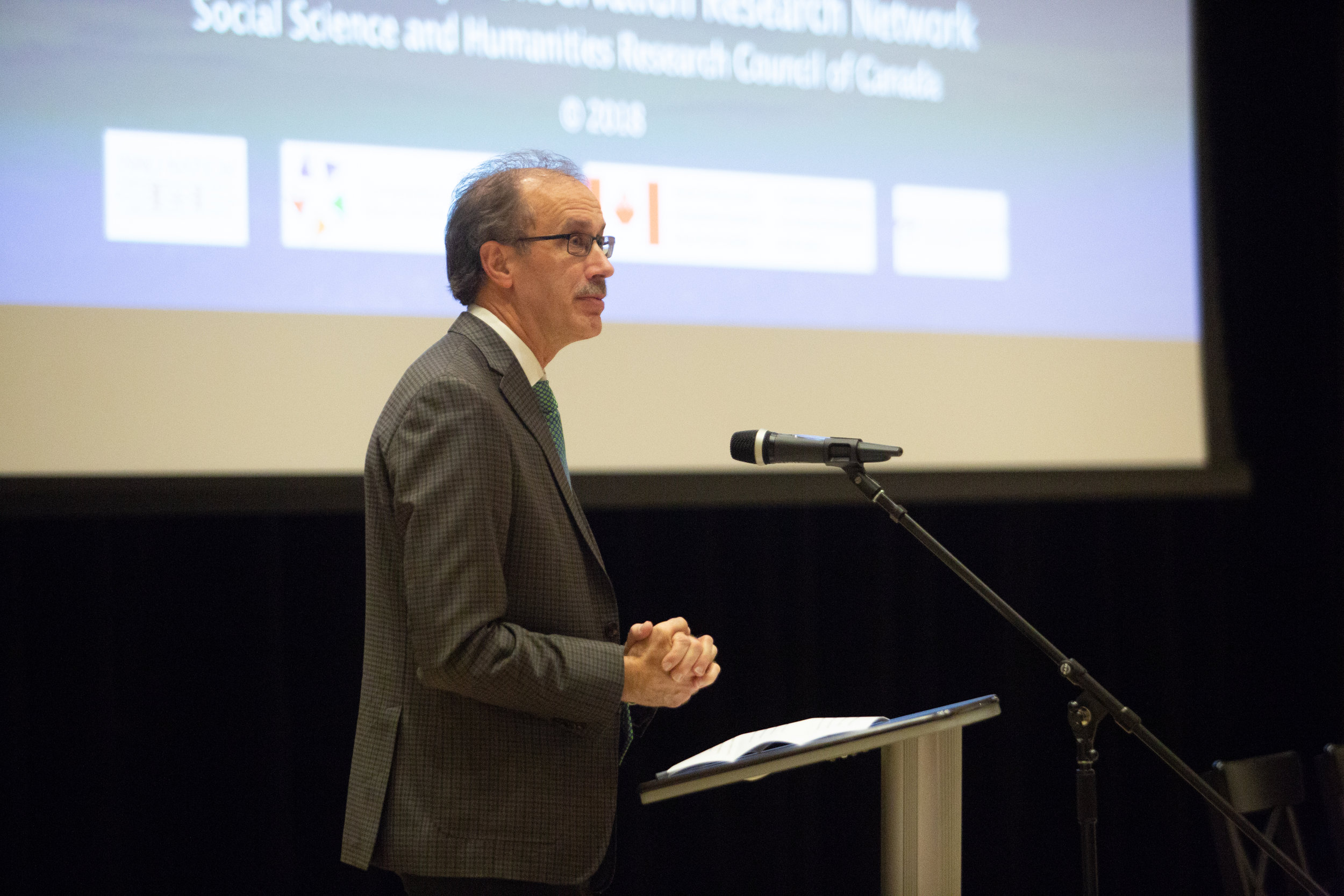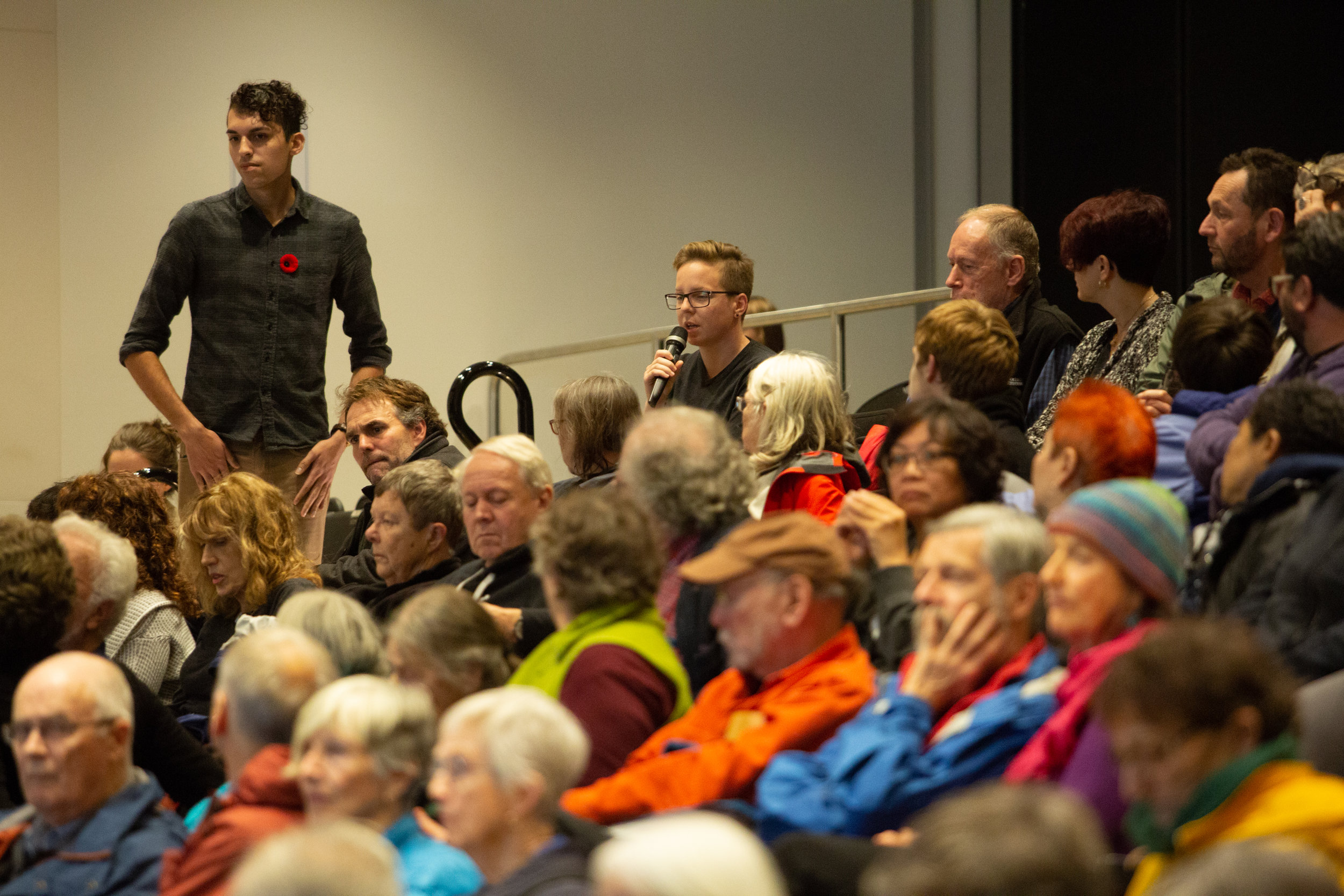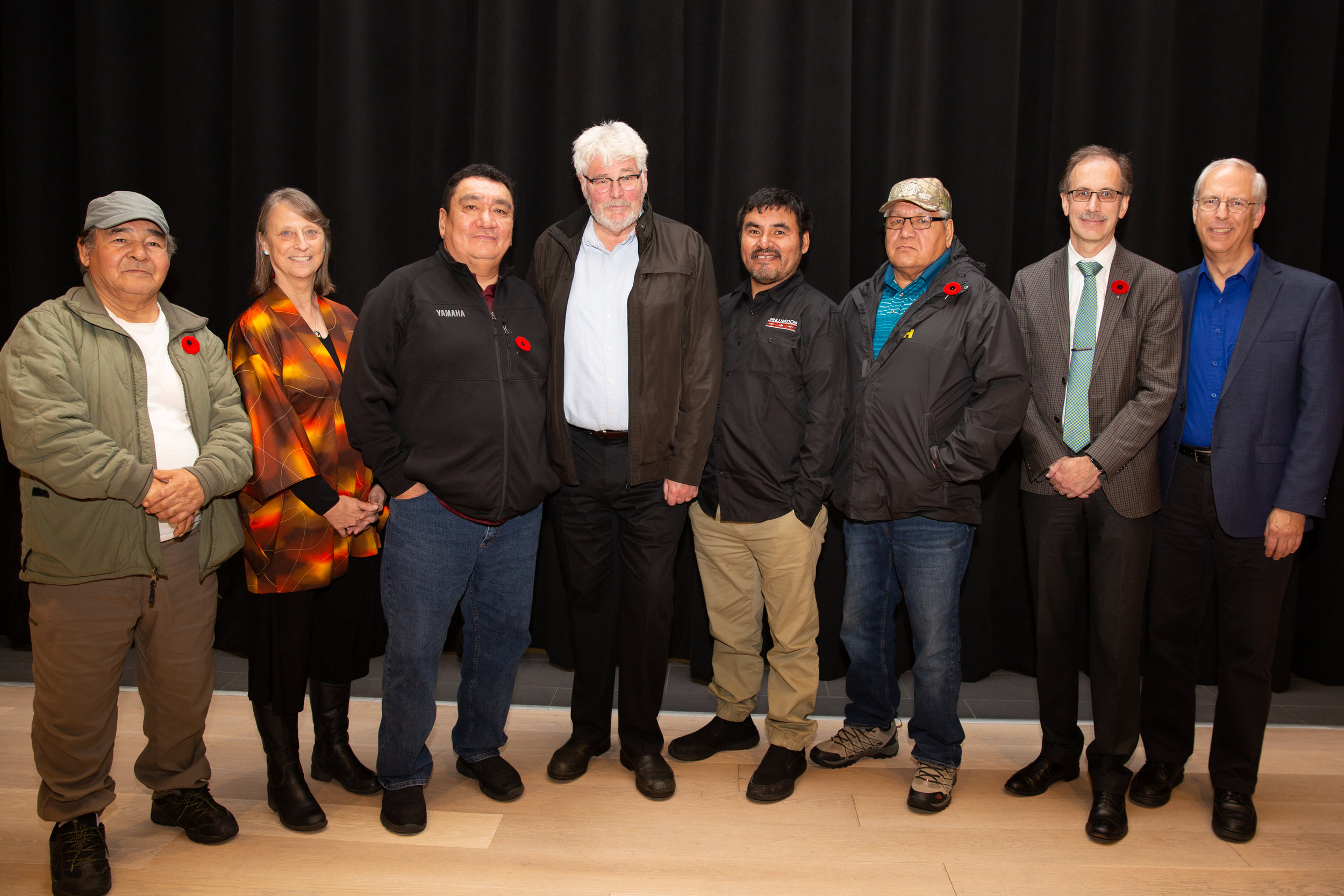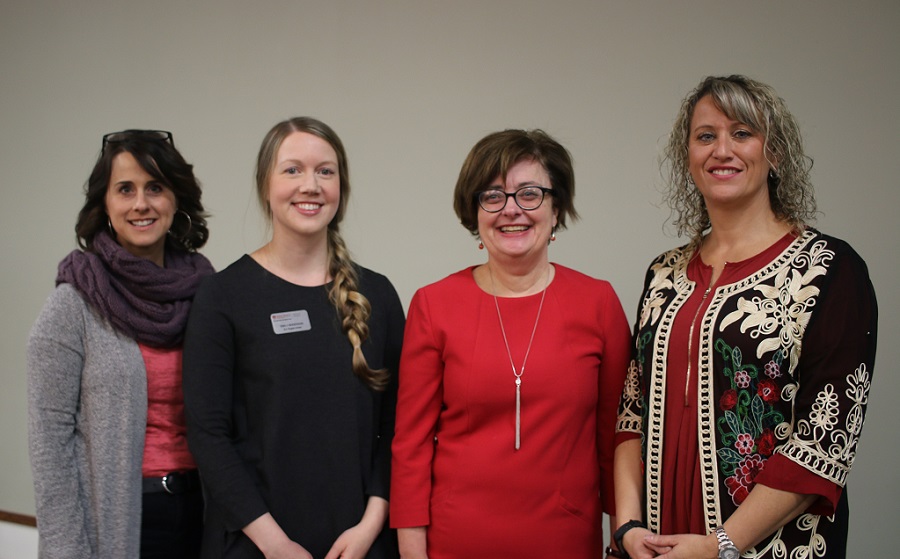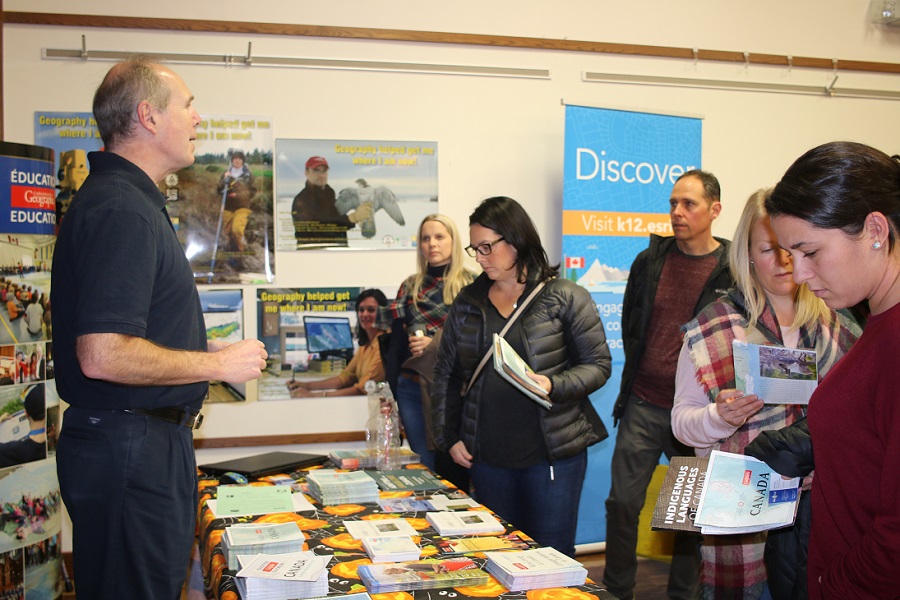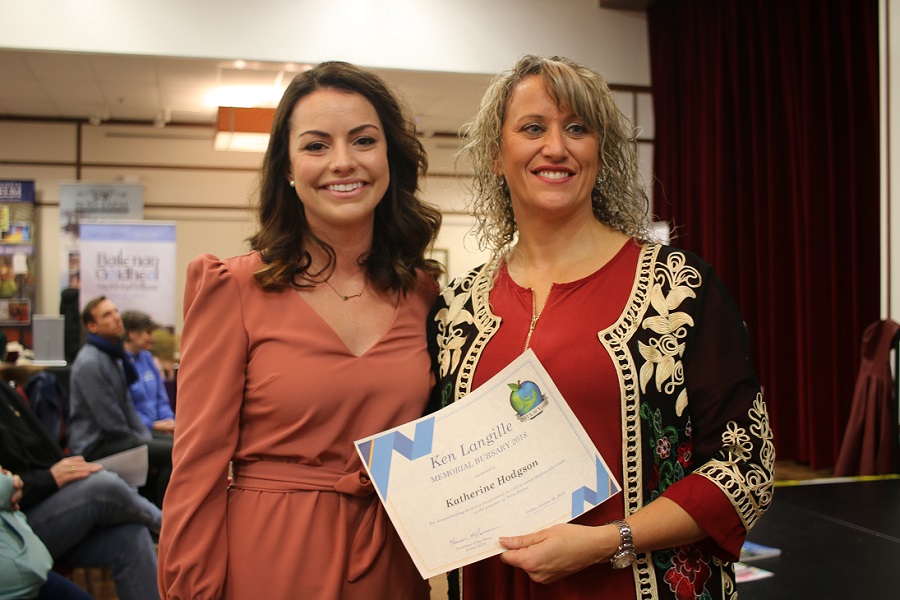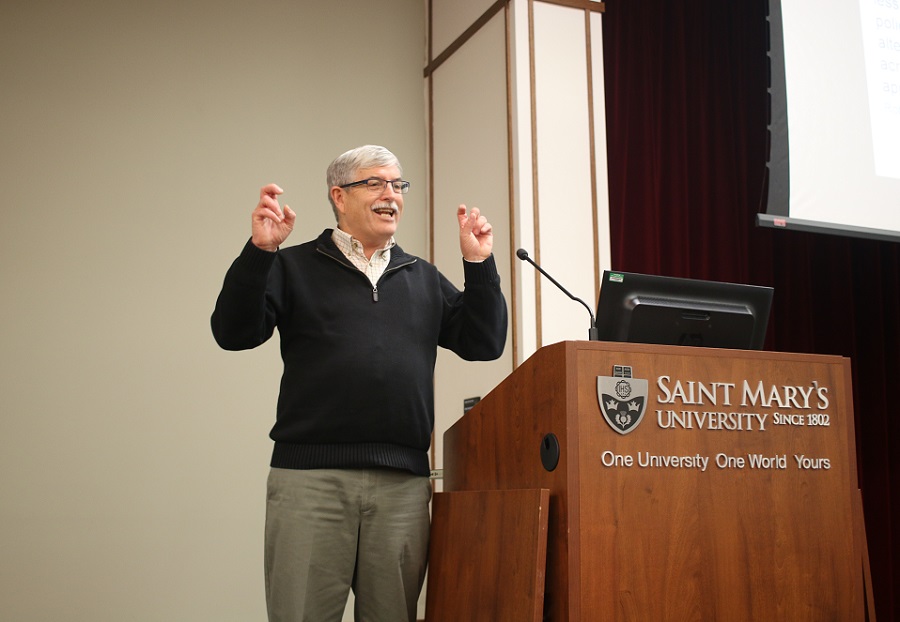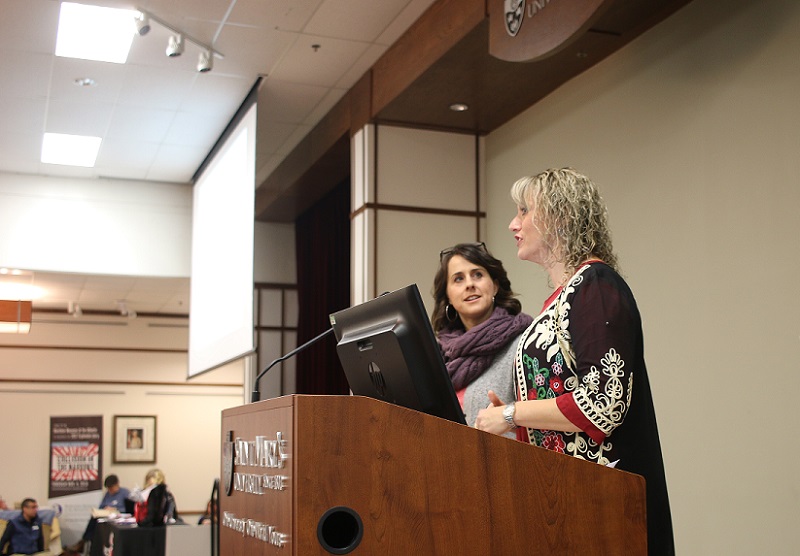Dr. Ellen Farrell
Global relationships key to healthy startup community says new research
A major research project from Saint Mary’s University suggests Atlantic Canadian startup businesses need to look further afield for innovation, information and funding.
A three-year, $210,000 research project exploring the startup community in Atlantic Canada has delivered its final report. The research shows that while the region’s entrepreneurial ecosystem is highly interconnected, companies can achieve greater benefit by reaching out globally for information on technology and product solutions. By relying more on “weak ties” or relationships outside of the Atlantic region or Canada, the Atlantic entrepreneurial ecosystem can improve innovation and results. The research also suggests firms explore venture capital availability outside of the Atlantic region.
“Our study looked at the “knowledge-seeking behaviours” of startups. We found that the Atlantic region is highly connected. One great opportunity lies in encouraging startups to extend their global reach for product and technology information, taking advantage of “weak ties” such as acquaintances, because this can help develop new innovations,” said Dr. Ellen Farrell. “As it is, the world is beating a path to our door to purchase our Atlantic Canadian equity,” she says, citing examples like the purchase of Atlantic businesses Radian 6 and Go Instant by Salesforce, and Quintiles IMS’s recent acquisition of STI Technologies.
The report points to more work to be done by mature firms to support growing businesses. A call to action in the report offers a long list of suggestions for ways these firms can support startups, including testing prototypes, lending talent or equipment, and providing an entry introduction into an industry network of contacts.
“Saint Mary’s University is dedicated to fostering both the foundational and community-engaged research efforts of our professors. This project of Dr. Farrell and her team is an excellent example of research that supports our community and directly impacts the health of our region’s economy,” says Saint Mary’s University Associate Vice-President Research, Dr. Adam Sarty.
“This applied research has already helped inform start-up founders, policy makers and other members of the ecosystem it describes. Dr. Farrell’s work complements her teaching in entrepreneurship, and is key in building a culture of innovation with an entrepreneurial approach to both business development and general problem solving.”
A team led by Dr. Ellen Farrell, a management professor at the Sobey School of Business at Saint Mary’s University, conducted the research, which was based on a study Dr. Farrell undertook in 2014. The team was comprised of eleven researchers plus graduate and undergraduate students from six universities across the region. Federal funding to support the project came from ACOA’s Atlantic Policy Research Initiative.




